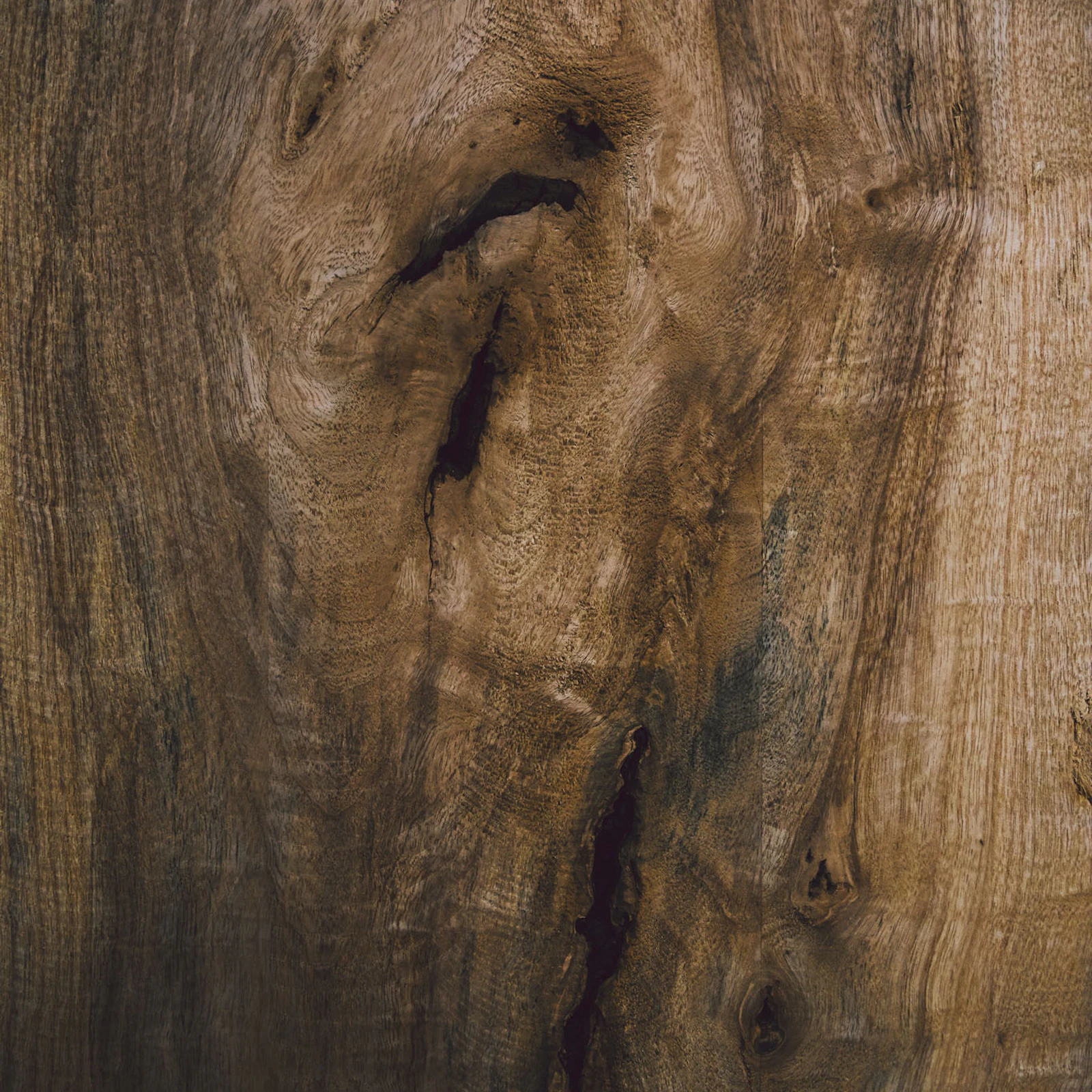Despite similarities like the use of large windows and flat roofs, these styles differ in significant ways. Contemporary design is rooted in mid-to-late 20th-century styles, while the modern design has its origins in the international style of the 1920s. Let's explore what sets these two design approaches apart.
Modern homes are structured and balanced, while contemporary homes offer more flexibility and allow architects to take greater artistic liberties in adopting a freeform approach. Although modern designs can be innovative, contemporary homes tend to be more unique in terms of their shape and aesthetic appeal.
In terms of interior design, contemporary homes combine elements of modernism and minimalism, allowing for more freedom and versatility in style. In contrast, modern design is characterized by crisp lines, warm neutral tones, and balance in the overall design. While the exterior of modern and contemporary homes may appear similar, a trained eye can spot the differences between the two.
The modern home above, which we helped create, features a more balanced and structured design compared to the contemporary home below. Despite differences, both homes incorporate natural lighting through large windows and have flat roofs as a design element.
Contemporary homes are less restrictive, allowing architects to incorporate various styles and take artistic liberties to create a unique and freeform design. While modern homes can also be innovative, contemporary homes tend to stand out more in terms of their shape and uniqueness, making them a great option for those seeking a personalized touch in their home's architecture.
Aside from the differences in design, the materials used to construct modern and contemporary homes also differ. Modern homes are typically built with traditional materials, resulting in a more conventional exterior appearance.
In contrast, contemporary homes often incorporate eco-friendly and recycled materials and may feature unconventional choices such as repurposed shipping containers, reflecting a rising trend towards sustainable construction practices. For instance, the contemporary home shown below features rock, brick, and concrete - materials that are long-lasting, recyclable, and environmentally friendly.
At Sustainable 9, we prioritize eco-friendly and energy-efficient home designs, resulting in lower costs over time, increased property value, and reduced environmental impact. By using sustainable materials and minimizing a home's ecological footprint, we strive to make every project contribute positively to our planet's well-being.
While there is a clear difference in the architecture between modern and contemporary houses, the interior design is where the two styles really diverge. It is often the place where homeowners can decide which style appeals to them the most.
Contemporary design can be described as a combination of modernism and minimalism without being restricted to a single style. It draws inspiration from various design trends from around the world. In contrast, modern design is characterized by crisp lines, warm neutral tones, and balance in the overall design.
Contemporary design can give off different styles in different rooms and sections of the house, whereas modern design typically chooses a single style and sticks with it. Despite this, the modern design remains the more common and preferred style.
To better illustrate the difference, take a look at the two interiors pictured above. The first picture showcases a modern interior created by Sustainable 9. The use of wood materials and earth tones helps to create a functional yet beautifully designed home that embodies the simplicity of modern design.
In contrast, the contemporary example combines modernism and minimalism with plain white walls and large windows to create a spacious and trendy feel. While the open floor plan and high ceilings are similar in both interiors, the contemporary design incorporates cooler materials such as glass and metal, resulting in a colder feeling throughout.
To understand the difference between contemporary and modern decor, it's important to note that while the terms are often used interchangeably, they have distinct features. Contemporary decor is characterized by variation between different pieces, sharper edges, trendier designs, and oversized furniture. On the other hand, modern decor is much warmer and finds its roots in trends and styles set by magazines and popular designers.
When it comes to contemporary decor, it's all about pushing boundaries and incorporating unique pieces that stand out. This can include bold colors, asymmetrical shapes, and unexpected materials.
In contrast, modern decor has a more cohesive look with a focus on warm, earthy tones and natural materials. Think clean lines, minimalism, and functional design. Target's Hearth and Hand brand, created by Chip and Joanna Gaines, is a great example of modern design and decor. Creams, blacks with a hint of gray, and warmer wood elements are all common in modern decor.
Overall, understanding the differences between contemporary and modern decor can help you make informed decisions when designing your dream home.
When it comes to choosing between modern and contemporary design styles, there are no right or wrong answers. The decision should be based on the needs and preferences of you and your family. It's important to go with design elements that you like and that are functional for your everyday life. And remember, there's no hard and fast line between the two styles, so feel free to mix and match to create your own unique style.
If you're having trouble deciding, consider seeking out expert opinions or browsing design inspiration on sites like Pinterest. At Sustainable 9, we specialize in modern and contemporary homes and have many projects to inspire you.
It can also be helpful to make a list of the design elements you like or dislike before meeting with an architect or designer. This will give them direction and help speed up the design-build process. Ultimately, the most important thing is to create a home that you love and that reflects your personal style.
